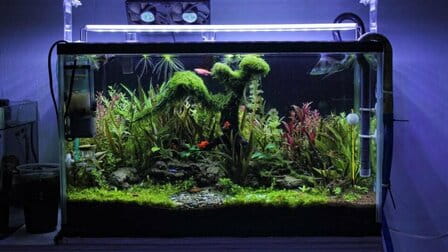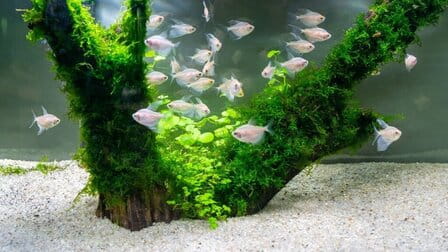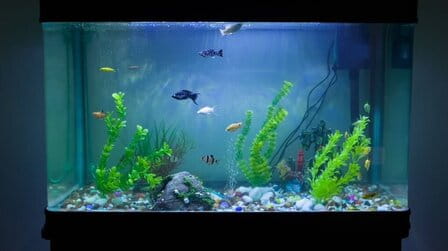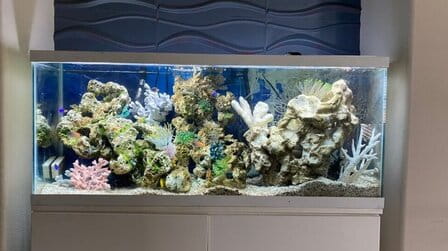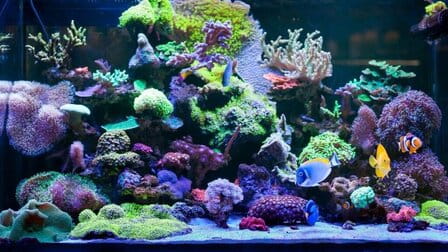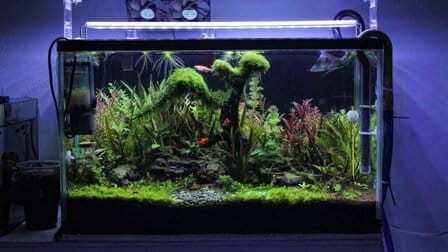Maintaining the ideal pH level in your aquarium is a fundamental aspect of ensuring the health and well-being of your aquatic community. While many aquarists aim to lower pH levels for specific species, there are instances where raising pH becomes essential. In this comprehensive guide, we will explore the intricacies of aquarium pH, focusing on the significance of achieving the ideal pH and providing an in-depth exploration of various methods and techniques to effectively raise pH levels in your aquarium.
Unraveling the Mystery of pH in Aquariums
Before we delve into the strategies for increasing pH, let's take a moment to understand what pH represents in the context of aquariums.
pH, short for "potential of hydrogen," is a measure of the acidity or alkalinity of water. It's quantified on a scale that ranges from 0 to 14, with 7 representing neutral. Values below 7 indicate acidic conditions, while values above 7 indicate alkaline or basic conditions. For most freshwater aquarium fish and plants, the pH range of 6.5 to 7.5 is considered optimal. However, it's essential to recognize that certain species have specific pH requirements, and deviations from their preferred range can significantly impact their overall health and vitality.
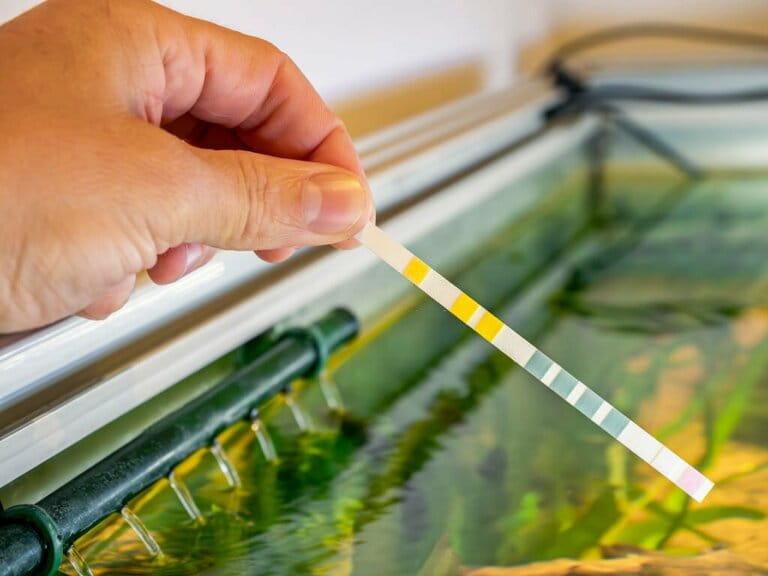
Why Raise pH in Your Aquarium?
There are several compelling reasons why you might find it necessary to raise the pH in your aquarium:
1. Catering to Species Requirements:
Different fish species originate from various natural habitats, each with its unique water chemistry. Some fish, like African cichlids, livebearers, and certain marine species, hail from regions with naturally alkaline water. To provide them with an environment that mimics their native habitat and ensures their well-being, you may need to raise the pH within your aquarium.
2. Enhancing Buffering Capacity:
In some cases, aquarium water may have a low buffering capacity, which means it's unable to resist pH changes effectively. This can lead to pH instability and undesirable fluctuations, causing stress to your fish. Raising the pH can bolster the buffering capacity, making the aquatic environment more stable and resilient.
3. Correcting Previous Treatments:
If you've used pH-lowering chemicals or substrates in the past and now wish to return the pH to a more neutral or alkaline level, you'll need to raise it using appropriate methods.

Effective Methods to Raise pH in Your Aquarium
Now that we understand the importance of maintaining the right pH let's explore various methods and techniques to effectively raise pH levels in your aquarium:
1. Crushed Coral and Crushed Limestone:
Introducing crushed coral or crushed limestone into your aquarium substrate or filter can gradually elevate pH levels. These substances release calcium carbonate, which serves as a natural buffer, increasing both alkalinity and pH. To utilize this method, incorporate these materials into your aquarium setup, closely monitoring pH to achieve the desired range.

2. Aeration and Surface Agitation:
Increasing aeration and surface agitation within your aquarium can enhance gas exchange, allowing carbon dioxide (CO2) to escape. As CO2 exits the water, the pH naturally rises. This method is relatively gentle and suitable for small adjustments, particularly in tanks with well-established surface agitation.
3. Baking Soda (Sodium Bicarbonate):
Baking soda, a readily available household item, can be employed to raise pH levels. However, exercise caution when using it, as it can elevate pH rapidly if not used judiciously. To apply this method, dissolve a small amount of baking soda in aquarium water and gradually introduce it to the tank while carefully monitoring pH. Avoid rapid pH spikes by proceeding cautiously.

4. Commercial pH Increasers:
Commercial pH increaser products are specifically formulated to raise pH levels in aquariums. These products come in various strengths, so it's essential to follow the manufacturer's instructions meticulously. Start with small doses and closely monitor pH to prevent sudden and drastic fluctuations.
5. Use of Crushed Coral in the Filter:
Placing crushed coral in your filter can provide a continuous source of calcium carbonate, which slowly raises pH levels. This method is effective, but the rate of pH increase can be relatively slow, making it well-suited for gradual adjustments and maintaining stability.
Important Considerations During the pH Adjustment Process
While these methods can help you raise pH in your aquarium, it's imperative to consider the following factors throughout the adjustment process:
- Gradual pH Changes:
Avoid abrupt pH fluctuations, as they can cause stress and harm to your fish. Instead, opt for gradual adjustments over several days or even weeks to allow your aquatic inhabitants to acclimate to the new pH levels.
- Regular pH Monitoring:
Consistent and frequent monitoring of pH levels is crucial. Invest in a reliable pH test kit and check the pH regularly, especially during the adjustment phase. Regular testing allows you to make timely adjustments if needed.
- Water Chemistry:
Take into account the overall chemistry of your aquarium, including general hardness (GH) and carbonate hardness (KH). These parameters are interconnected and can influence pH stability. Maintaining proper GH and KH levels contributes to the overall stability of your aquarium's pH.
- Species Compatibility:
When adjusting pH, consider the compatibility of the fish and plants in your aquarium. Some species can adapt to different pH levels, while others are sensitive to changes. Conduct thorough research to understand the specific requirements of your aquatic inhabitants and make adjustments accordingly.

Conclusion
Achieving and maintaining the ideal pH level in your aquarium is fundamental to responsible aquarium keeping. By comprehending the pH preferences of your fish and plants and employing the appropriate methods to raise pH when necessary, you create an environment where aquatic life can flourish.
Remember that consistency, patience, and meticulous monitoring are paramount when adjusting pH levels. With the right approach and attention to detail, you can provide your fish with a stable and comfortable home where they can thrive, exhibit their natural behaviors, and display their vibrant colors. Happy fishkeeping!

